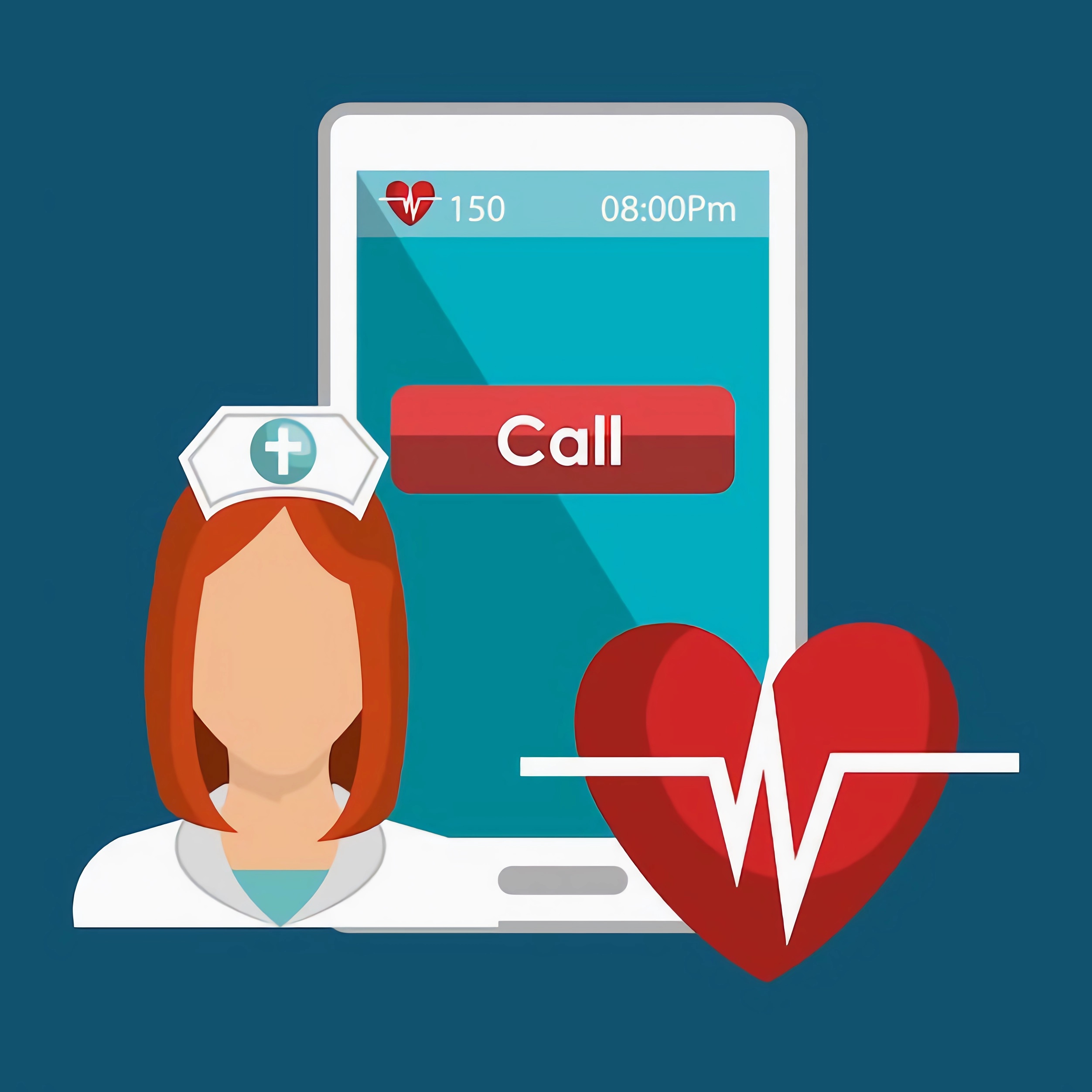Ensuring Every Emergency Care Call Answered: SeaMeet Dashboard in Action
In emergency care, every second matters. Patient lives depend on immediate healthcare provider response to their inquiries since timely interventions prevent potential emergencies. However, medical facilities often encounter large call volumes, shortage of staff, resulting in poorly managed calls. Patients, then, are often frustrated at missed or unattended calls, which may also endanger their health.
The SeaMeet Dashboard provides streamlined call management by offering real-time insights which guarantee urgent calls receive immediate response. SeaMeet’s powerful dashboard is explored in this article as a means to improve communication in emergency care environments.

What Are the Challenges in Reducing Unattended Calls in Emergency Care?
Implementing call answering solutions in an emergency care facility involves various factors that should be addressed.
1. High Call Volumes
Emergency or Urgent care centers must take many calls daily. Appointments and urgent medical inquiries often overload front desk staff. This leads to delayed or missed responses that could have a negative effect on patient care
2. Difficulty in Monitoring Staff Performance
Without a structured system to evaluate call handling, gauging the effectiveness of staff is very difficult. This can make it difficult for facilities to know whether employees are giving accurate information, securing inquiries into appointments, or practicing good patient communication practices.
3. Understanding Common Reasons for Patient to Call
Like any other business, knowing why patients are calling is key to managing resources and minimizing the number of unnecessary calls. Facilities are missing out on the use of valuable data that could help streamline operations and lead to better and more efficient service delivery.
How Does the SeaMeet Dashboard Work?
The SeaMeet Dashboard call management solution puts an end to all these issues by providing comprehensive solutions. Here’s how it works:
1. Call Transcription and Analysis
It automatically transcribes calls and gives the structured insights to the conversation. Healthcare providers can review the calls, identify trends, and compliance to medical guidelines.
2. Real-Time Data Processing
The dashboard updates every 15 minutes to give almost immediate look at call activity. It allows quick intervention in case of a call overflow, so no inquiry is left unanswered.
3. Customization for Facility-Specific Needs
The dashboard can be modified by medical facilities to define exactly how performance of the three data points (booking rates, triage accuracy, and staff responsiveness) is tracked. Because of this flexibility, it may be used in any setting of healthcare.
What are the Key Features of SeaMeet Dashboard?
SeaMeet implements multiple features to enhance the management of emergency call situations. Two top capabilities of the SeaMeet Dashboard include:
1. Call Reason Analysis
The dashboard groups patient phone inquiries into appointment requests as well as prescription refills and medical advice categories. SeaMeet provides insights that support facilities to use their resources wisely while managing calls more efficiently.
2. Lead Conversion Metrics
Healthcare facilities need to monitor patient leads that transform into treatment or appointment engagements. The Seameet dashboard delivers conversion metrics about leads to help medical organizations enhance their patient acquisition approaches.
3. Customer Satisfaction Assessment
SeaMeet generates evaluations through inspections of agent voice performance combined with assessment of call response skill and measurement of call-to-action results. The system provides patients with consistent access to polite service from qualified personnel who deliver detailed information throughout their support periods.
4. Medical Triage Monitoring
It remains essential for staff members to handle appropriate phone triage duties in order to protect patient safety. SeaMeet helps ensure compliance with medical guidelines, minimizing organizational risks while enhancing patient care quality.

What Are the Benefits of Implementing SeaMeet in Emergency Care Settings?
Aside from Reducing Unattended Calls in Emergency Care with SeaMeet Dashboard, there are multiple benefits to medical facilities, as follows:
1. Efficient Call Management
Real-time data analysis combined with automated call tracking enables medical facilities to manage their incoming calls more efficiently thereby keeping all patients from waiting for assistance.
2. Improved Staff Performance
The SeaMeet platform provides continuous evaluation of staff interactions to help employees build better communication abilities and service quality standards.
3. Enhanced Patient Satisfaction
Everything from quick responses to adept handling of phone calls produces satisfied patients. Hearability coupled with quick aid delivery produces higher trust levels from patients in their medical care facilities.
4. Data-Driven Decision Making
Healthcare administrators gain knowledge from detailed call analytics to make improved decisions that optimize staffing numbers and boost operational efficiency as well as patient care quality.
In emergency care, every call matters. Medical facilities using SeaMeet Dashboard can prevent adverse outcomes from unanswered calls by providing proper call management capabilities. The system improves efficiency in call handling operations and simultaneously creates better patient satisfaction during operational activities.
Contact us now to observe how SeaMeet enhances your emergency call center management process.